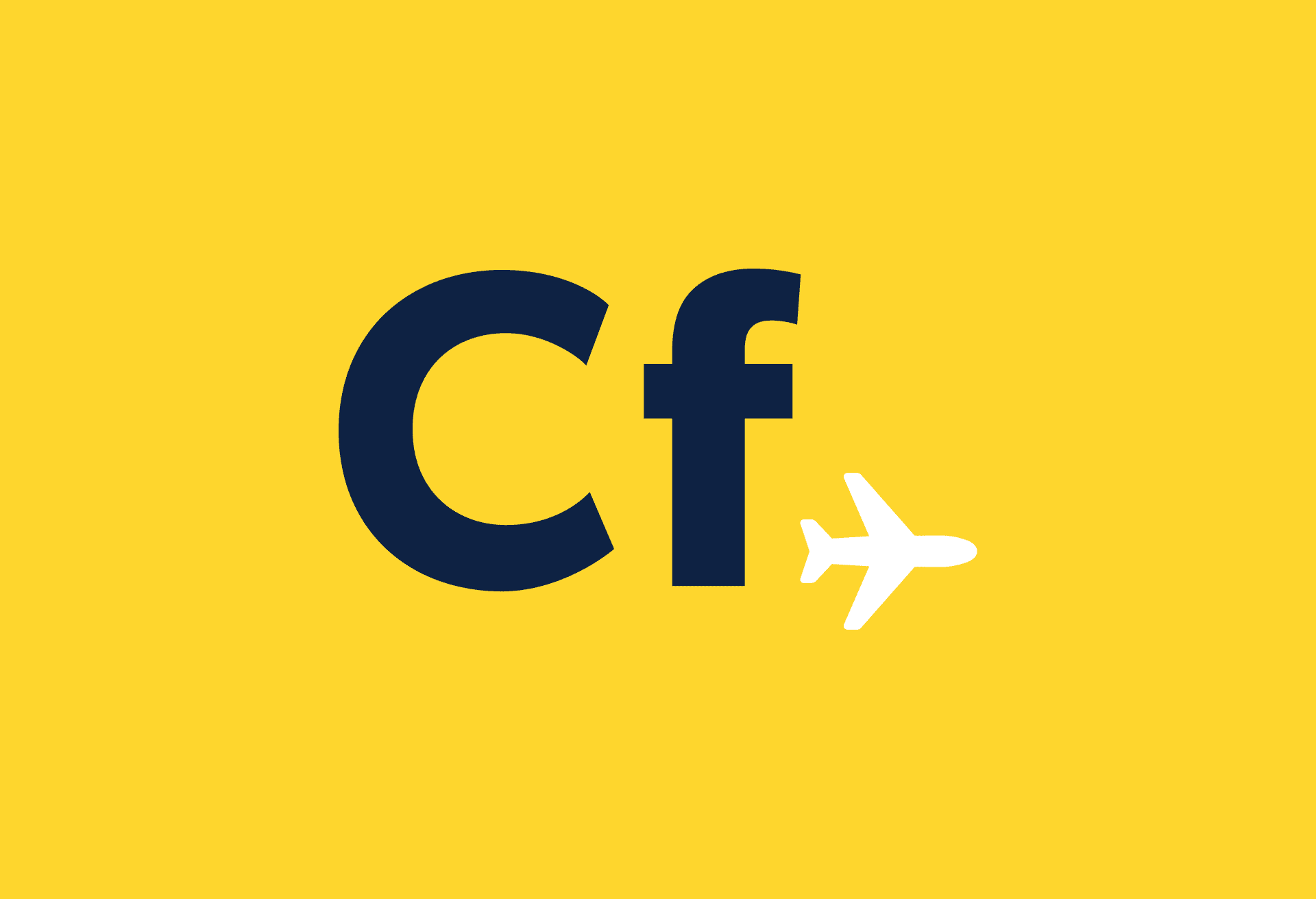Fun-loving Filipinos sure love their parties. The Philippines boasts hundreds and hundreds of festivals to honor saints, the harvest, significant historical events and anniversaries, among other things. You would have no problem filling your calendar for the whole year. Composed of colorful parades, singing, dancing and feasting on delicious local dishes, most of the festivals are pagan and tribal in origin, later fused with Spanish influences upon Spain‘s colonization of the country in 1521. Every festival has its own distinctive charm and character, but for someone traveling with limited time and budget, experiencing them all is nearly impossible (especially since some fall on the same day).
If you’re planning a festival trip, consider our advice for ones to hit and ones to skip. While they all have their own charms, our handy guide is here to help you decide which festivals are especially worth the trip.
Go to Sinulog, Cebu City, instead of Daro Sinulog, Dumaguete
Aside from its similar festival name, Sinulog in Cebu City and Daro Sinulog in Dumaguete bear many similarities: both festivals fall on the third week of January, are held in honor of the Santo Niño (Christ Child), are inspired by the mother of all Philippine festivals, the Ati-Atihan in Kalibo (which is a festival you shouldn’t miss, by the way), and both are truly a feast for the senses with colorful, pulsating parades. While both are worth the trip, flights from Manila to Cebu are more cost effective.
Go to the Hot Air Balloon Fiesta, Pampanga, instead of Ligligan Parul, Pampanga
Ligligan Parul of San Fernando, a festival which features a competition between barrios to create the grandest and biggest Christmas lantern, is one of Pampanga‘s longest running festivals, the first ever dating from as far back as 1904. While it has become a Christmas tradition to see all the beautifully-crafted yuletide decorations for the people of the province and from other parts of the country, another festival that has been bringing the crowds in is the annual Hot Air Ballon Fiesta. Introduced in 1994, the three-day event includes a show of numerous multi-colored hot air balloons, which you can ride, as well as remote-control airplane and helicopter flying exhibitions, skydiving, kite-making and motorcycle races among other activities. If you want to go to next year’s showcase from February 9-12, 2017, we suggest going as early as 4:30 a.m. (30 minutes before fiesta gates open) to secure your tickets and a good spot for viewing.
Kadayawan Festival, Davao City, instead of Panagbenga Festival, Baguio City
In addition to the flower festival in Baguio City called Panagbenga, which runs throughout the whole month of February, another festival that showcases the country’s rich and diverse flowers is the Kadayawan in Davao. It not only highlights the town’s blooms with a parade called the Pamulak sa Kadalanan, it also honors the cultural heritage of the area’s indigenous people through performances, pageants and street parades featuring tribal music and dances.
Kesong Puti Festival, Sta. Cruz, Laguna, instead of Banana Festival, Baco, Oriental Mindoro
Kesong Puti (Filipino White Cheese) is a soft cheese made from unskimmed carabao’s milk, salt and white vinegar, and eaten with the local bread pan de sal for breakfast. If you want to try the best (and probably cheapest) of this Philippine cheese, head over to its origin, Sta. Cruz in Laguna, where an annual festival is held in honor of its awesomeness. The festival, which is also a trade fair of sorts for the product, is only held once a year, with the day usually falling somewhere between March and May.
Masskara, Bacolod, instead of Ibalong, Bicol
If you are a fan of the Latin American festival Carnival, the Italian Carnevale di Venezia and masks in general, the Philippines also offers two fiestas of a similar vein — the Masskara in Bacolod and the Ibalong Festival in Bicol. While both feature people parading through the streets in colorful masks, the Ibalong usually falls in August while Masskara happens in October. So if you can’t wait another year to experience this amazing festival, we suggest booking your flights for Bacolod right away.
Pahiyas, Lucban, instead of Pulilan Carabao Festival, Bulacan
The Pahiyas in Lucban and the Pulilan Carabao Festival in Bulacan are both colorful feasts celebrating San Isidro Labardor, the patron saint of farmers, every May 15. It is also the towns’ way of showing gratitude for a bountiful harvest. Both affairs involve parades showcasing the farmers crops, but the former does it on an even grander scale, with the whole town participating by creatively decorating their homes with fruits, vegetables and colorful rice wafers called kiping. Don’t forget to try Lucban’s famous pancit habhab, the local noodle dish, while you’re there.
Which festival should not be missed? Tell us in the comments.
Main image: Keith Bacongco, Indak indak sa Kadalanan via Flicke CC BY 2.0
Slider image: Bro. Jeffrey Pioquinto, SJ, Simply Joy, via Flickr CC BY 2.0



